Novice gardeners are often advised to start growing with onion flowers, because they are not as picky in care as an orchid or anthurium. Mostly bulb plants in our climate are grown outdoors, but after studying the photos and names of indoor species, everyone can choose a plant to their taste for home growing. These flowers will especially appeal to those who appreciate beautiful flowers, and not just want to plant a greenery in the room, because the onion bulbs are distinguished by bright and lush flowering.
Content
Features of bulbous houseplants
Plants, which are called bulbs, are quite diverse, but they all have a bulb that they need to accumulate nutrients. Leaves extend from the bulb and form a rosette.
Most bulbous plants have a distinct dormant period. At this time, they dump all the foliage for a while. Some flowers that form a thickened root system retain the leafy part throughout the year, but there are very few of them.
Like most indoor flowers, bulbs do not tolerate frost. When the foliage dies, the bulb remains in the flowerpot. During this period, plants practically do not water and completely exclude fertilizers. But some flowers, such as Cannes, require a completely different care in the winter. Indoor varieties have perennial bulbs, which form more and more flower stalks every year.
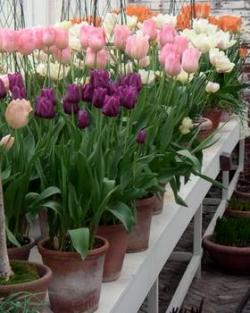 You may be interested in:
You may be interested in:Names and photos of home onion flowers
Growing a home bulb flower does not require a lot of effort and time. Due to the variety of species, you can choose the most suitable for the interior of the house.
Amaryllis and hippeastrum
It is difficult to distinguish these two plants between themselves for a beginner grower, because they are quite similar, which is clearly visible in the photo.
Both specimens have rather large bulbs, funnel-shaped flowers of saturated color and leaves of a belt-shaped form.
The hippeastrum forms an elongated or roundish bulb up to 11 cm in diameter. On strong peduncles grows up to 6 buds. The flowers are funnel-shaped with petals curved outward. The flowering phase occurs in winter and spring. In rare cases, hippeastrum can bloom in the summer. Strong peduncles empty inside.
Amaryllis develops from a pear-shaped bulb, the diameter of which is up to 5 cm. Dark green leaves reach a length of 0.5 m. Peduncles are quite high. They form flowers of impressive sizes (up to 12 cm in diameter). One plant can grow up to 12 flowers in one flowering period, which lasts from April to May.
Vallota
Vallota is a perennial plant belonging to the Amaryllis family. The oval bulb forms on its surface a small layer of dry brown flakes. The dark green leaves at the base are purple. The length of the leaf can reach 60 cm. An umbrella of flowers is formed at the top of the peduncle, the number of which varies between 3-9 pcs.
You can distinguish this flower from other relatives due to the following characteristics:
- only wallota has a saturated purple color of leaves at the base;
- the inner scales of the bulb are painted in a pale raspberry color.
Most bulbous flowers multiply by children, which form at the base of the bulb, breaking through its surface. But this species has a rather unusual way of reproduction. Tiny “legs” appear inside the bulbs that help push the kids out.
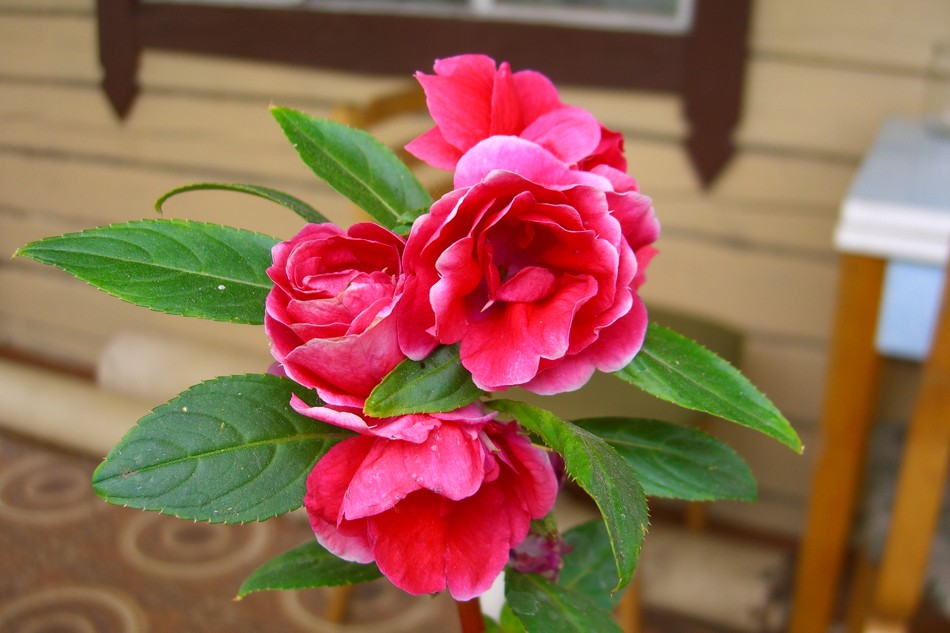 You may be interested in:
You may be interested in:Gimenokallis nice
Pleasant gimenokallis - a rather unusual plant, which stands out among its relatives for spectacular flowering. A blossoming flower resembles a long-legged spider. The calyx has six narrow sepals, the length of which can reach 20 cm. Their base is painted in a pale green color.
There are varieties whose sepals are bent back at the tips. But you can find species with freely hanging sepals. The stamens and petals fuse together, forming a funnel-shaped crown, the depth of which is about 5 cm. There are up to five fragrant flowers on one peduncle.
The bulb of this plant is quite large and has a pear-shaped shape. Its diameter in adulthood is 10 cm. Sedentary leaves are arranged alternately and form in the same plane. The leafy part is painted green and has a glossy surface.
Zephyranthes large-flowered
This variety of zephyranthes is the most common in indoor floriculture since the 19th century. The bulb has an ovoid shape and grows in diameter about 3 cm. Dark green leaves grow to 0.5 m.
With the onset of spring, the plant quickly forms high peduncles, on which bright pink flowers bloom. The diameter of a blossoming flower can reach 10 cm. But flowering can occur not only in spring. If the flower is watered a few days later than usual, then he can consider that spring has come and will bloom.
Zephyranthes is also called an upstart. This is due to the incredible growth rate of the peduncle. After its germination, only 24 hours pass, as the peduncle fully grows and forms buds.
Veltheim
Veltheimia is an unusual representative of the hyacinth family. The plant is compact in size. Its green leaf-shaped leaves are collected in a socket. Foliage has wavy edges.
Peduncle is formed with the onset of winter. Drooping pink flowers grow on it. Their shape resembles fireworks, for which the flower is also called the "winter rocket." Flowering lasts for 8-12 weeks.
Veltheimia is rarely grown at room temperature, because for flowering the specimen needs a temperature of about 10 ° C. In winter, this figure in the house is almost twice as high. Flowerpots with a flower put in a cool place - a closed loggia or a winter garden.
Haemanthus
Unlike veltheymia, hemanthus is a fairly common houseplant that came to us from the tropical climate of Africa. Because of its shape in the people it is also called "deer tongue" or "elephant ear".
A distinctive feature of the flower are inflorescences, which are collected in an umbrella, and a wide hanging foliage. Each inflorescence is surrounded by bright bracts. The name gemanthus literally means “bloody flower”, but among the variety of species you can find specimens with white flowers. Hemanthus are both evergreen, and with a pronounced period of rest.
The hemanthus bulb has a rounded or pear-shaped shape.Most often, it is completely underground, sometimes the upper part protrudes slightly above the ground. Thickened leaves are belt-shaped. An egg-shaped bud is formed at the top of the peduncle, and can be painted in coral or white. The height of the plant can reach 40 cm. The flowering phase occurs in the spring and can last almost until mid-summer.
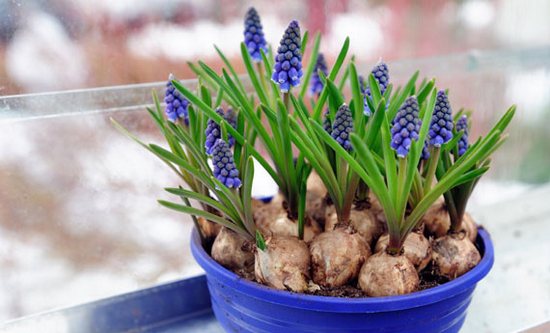 You may be interested in:
You may be interested in:Hyacinth
Hyacinth is a bright representative of flowering plants. The name literally means “rainy flower”, because in its homeland its flowering occurs in the spring rainy season. Most often it is grown in open ground, but some growers contain them indoors. At home, flowering occurs in the winter.
The height of hyacinth varies between 20-25 cm. Its bulb is a long-liver and can live for about 10 years. Only one peduncle grows from the bulb, on which many small flowers are collected, collected in a hat. Hyacinth bloom lasts 2-3 weeks. Among the species diversity, there are simple and terry varieties that can be painted in white, pink, purple, violet, blue, red or blue.
When working with hyacinth bulbs, you should be careful, because they contain oxalic acid, which irritates the skin.
Gloriosa
Gloriosa refers to herbaceous perennials. Curly stems grow from a tuberous rhizome, the height of which can reach 1.5-2 m. This plant needs additional support, because its stems are quite thin and fragile. Small tendrils are formed on the leaves of the creeper, with the help of which gloriosa clings to the support.
The foliage has a broad-lanceolate shape and a rich green color. High peduncles grow from the leaf sinuses. When forming a prune, you need to be very careful, because flower buds are laid only in the axils of the upper leaves.
Drooping inflorescences are surrounded by bract petals, which, bending upwards, form a crown. Sufficiently long bracts (up to 10 cm) have wavy edges and are painted in orange-red hues.
Gloriosa can not be called too capricious plant. But for normal development, it needs to provide a cool wintering, during which the leafy part dies. In addition, the flower belongs to poisonous indoor plants, so it should be stirred out of the reach of children and animals.
Clivia
Clivia is characterized by long leaves that are collected in a rosette. Shiny foliage is painted dark green. A distinctive feature of the flower is the lack of bulbs. The leaves at the base fit tightly against each other, which makes the flower look like an onion, but it grows from the rhizome.
At the top of the peduncle, small flowers form. Mostly inflorescences are colored in red, orange or yellow. On one inflorescence, 10 to 20 buds can appear, which gradually bloom.
Young clivia blooms only once a year. With good care, older specimens can form buds twice a year. The flowering period falls on February or March. The plant is unpretentious and can adapt to almost any conditions. During wintering, it is advisable to provide a cool air temperature (10-15 ° C). But the flower can rest at room temperature, for which it is necessary to significantly reduce watering and not feed.
Common Growing Questions
It should be transplanted into well-warmed ground when the average daily temperature is at least 15 ° C. Carefully select a place for landing, because the bulbous ones do not like scorching rays, or too shady places. It is advised in the summer to take flowerpots with flowers to the street - this helps to strengthen immunity.
Bulbous plants will certainly become an adornment of any interior. Their bright and magnificent flowering attracts enthusiastic looks. And care for these flowers does not require special knowledge or skills.

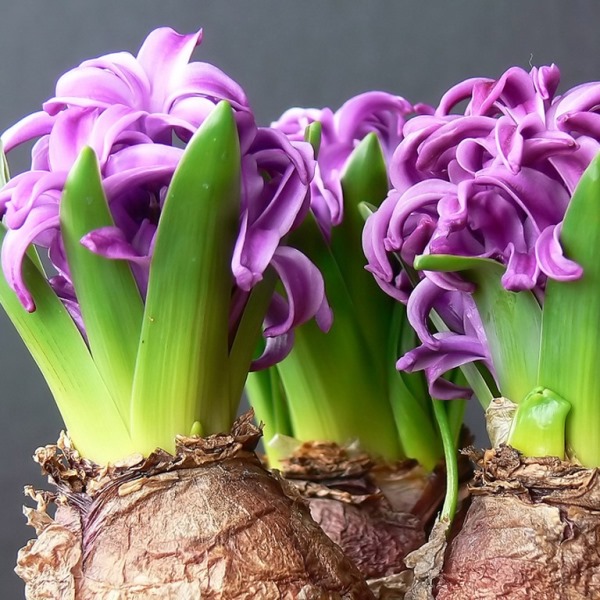
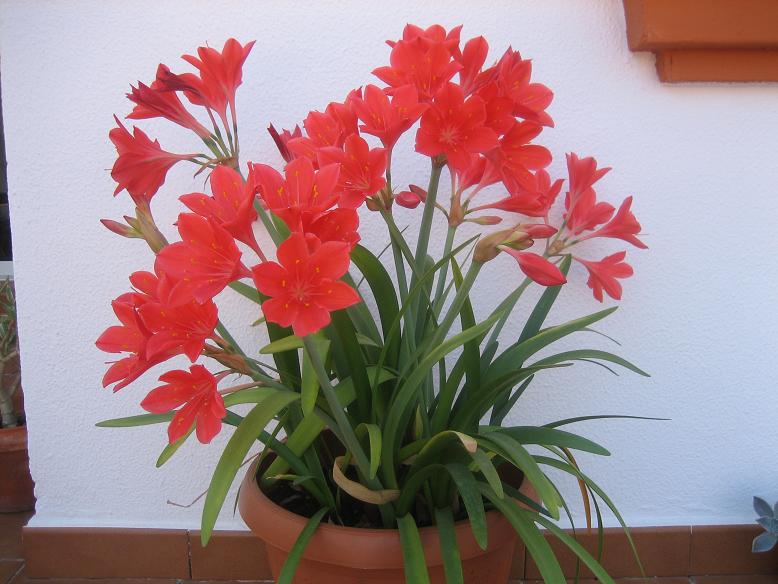
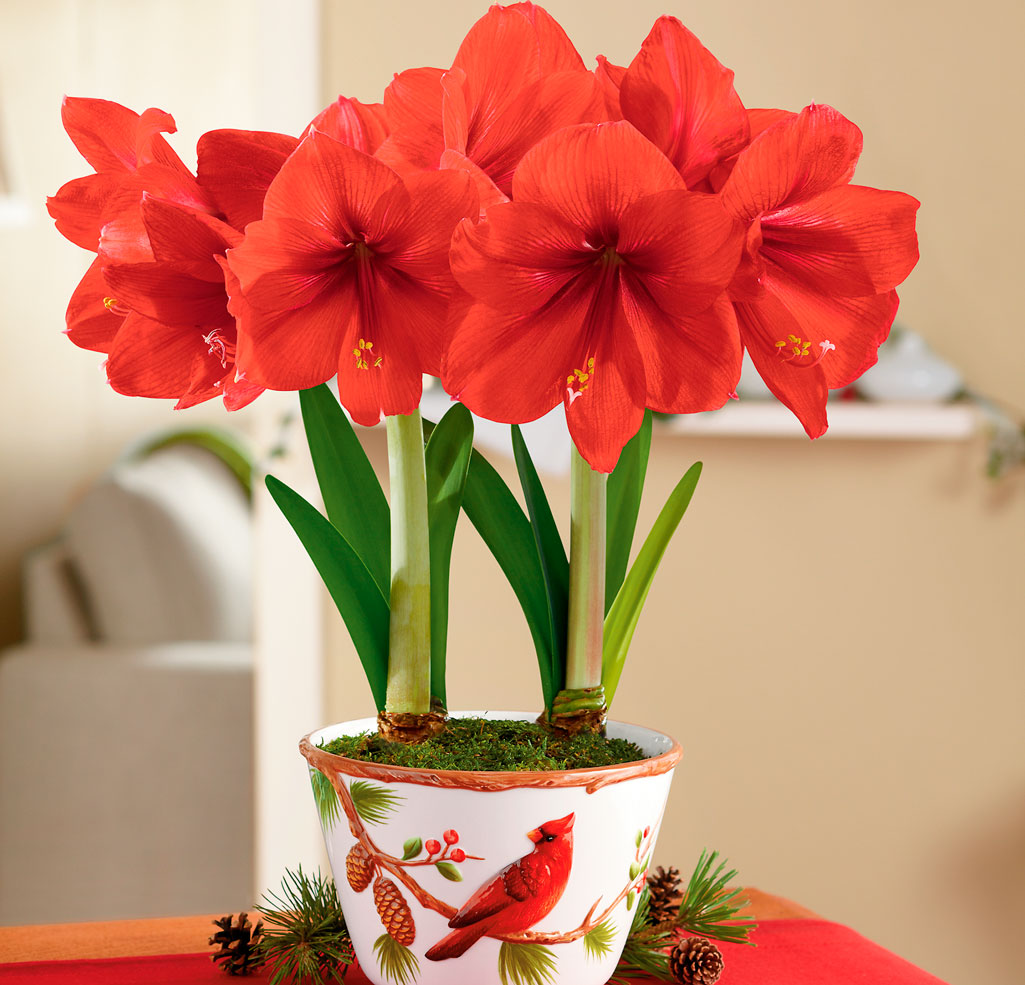


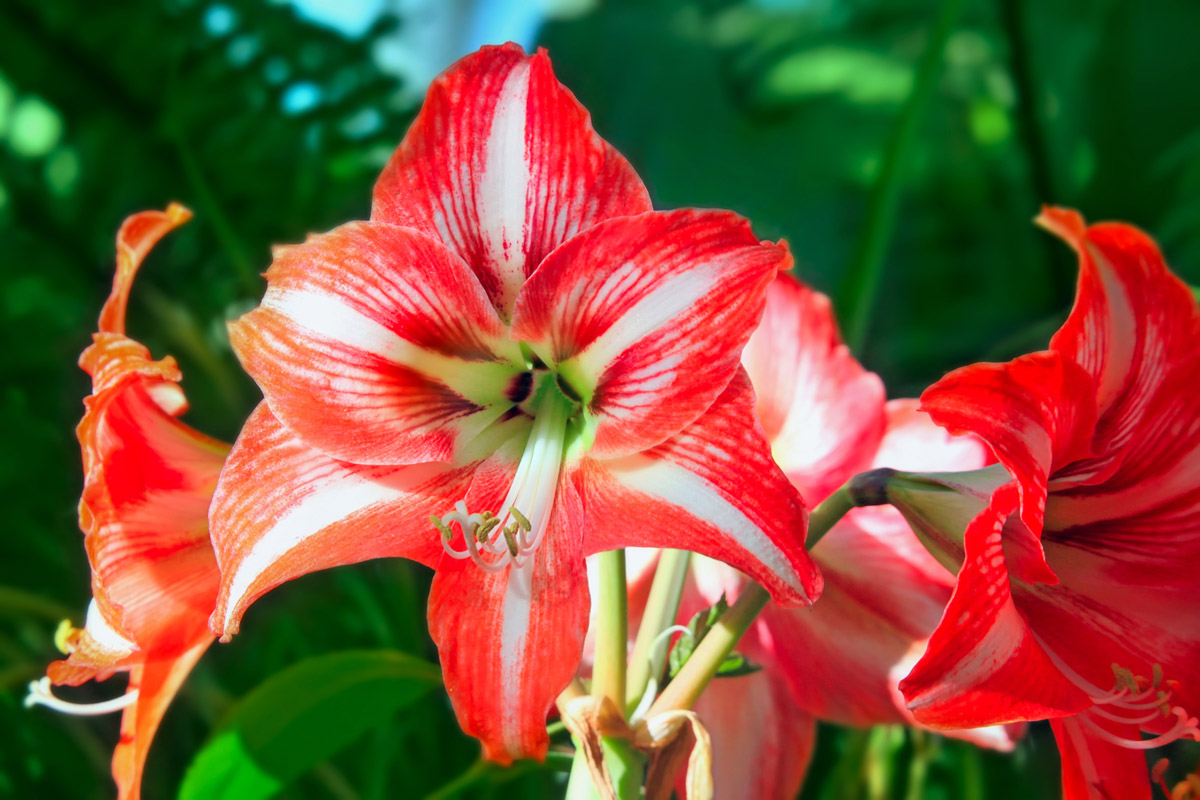
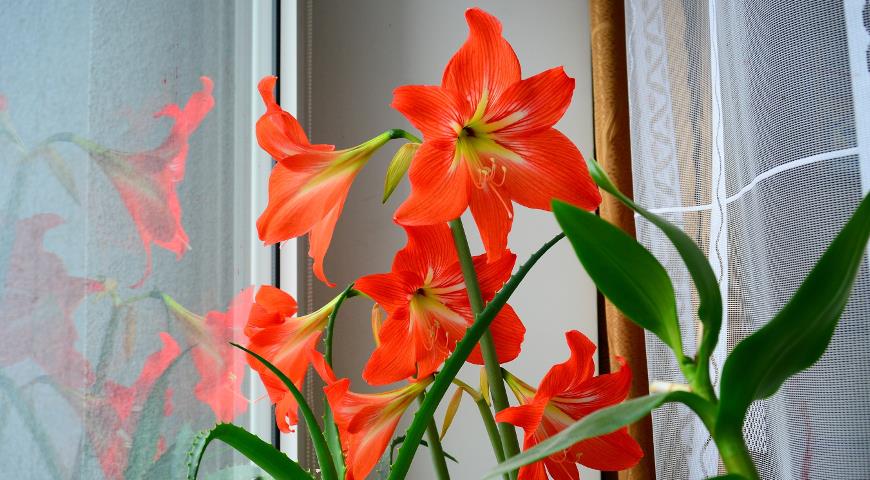
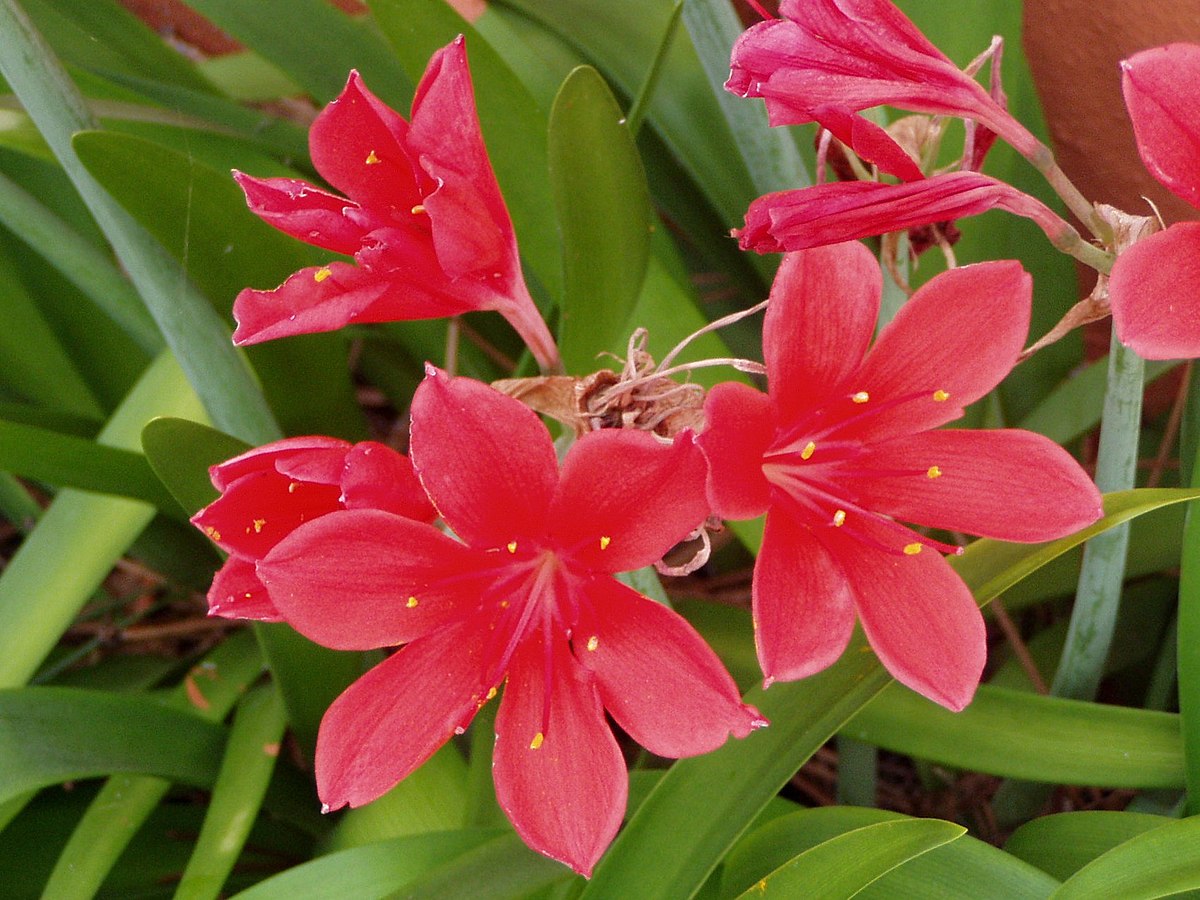
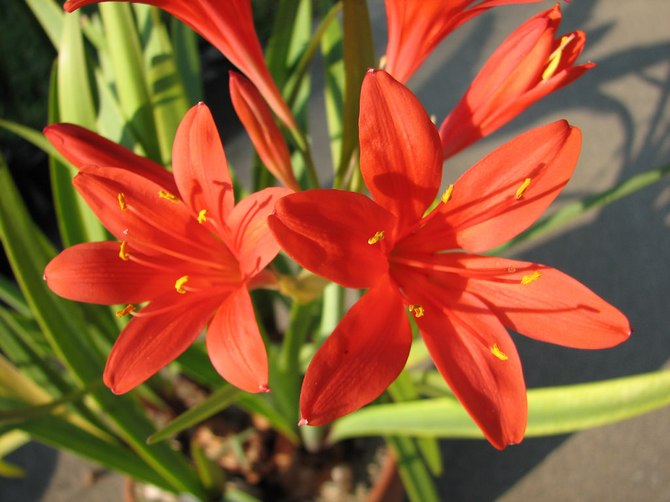
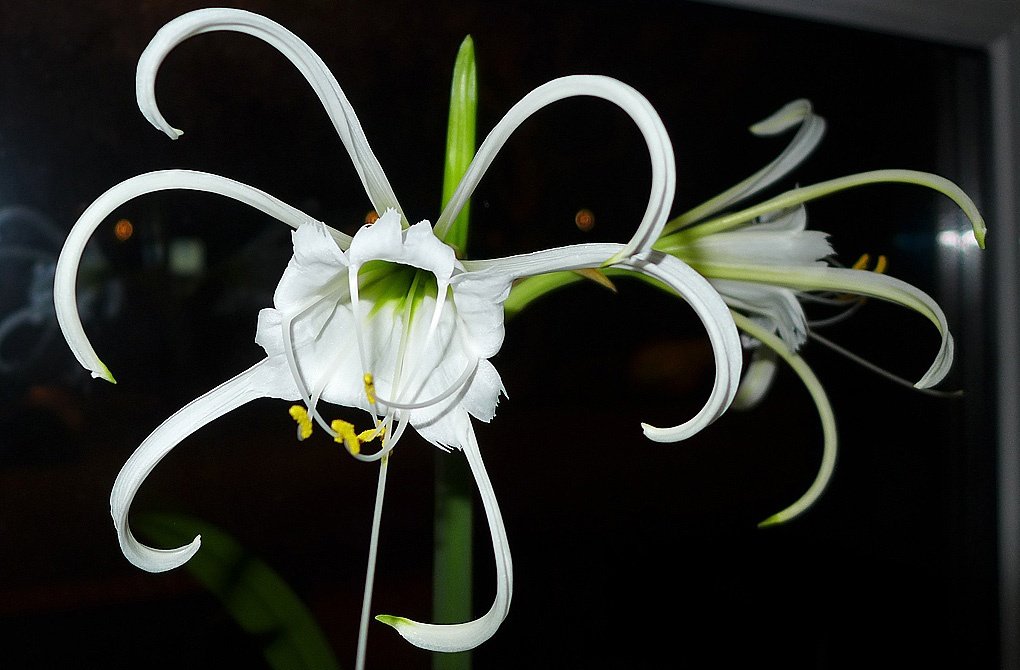
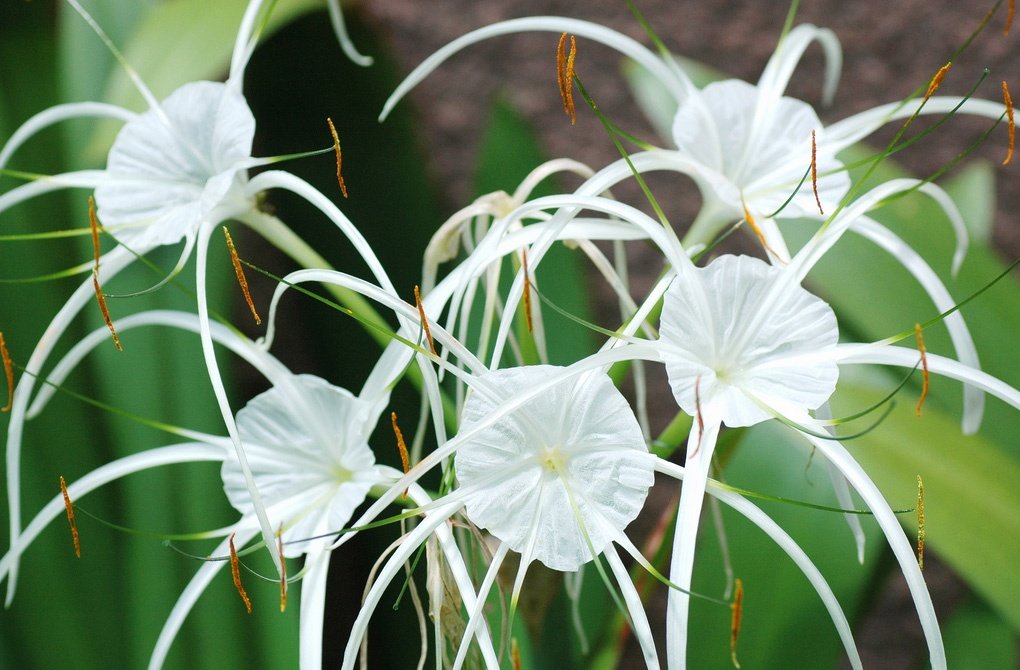
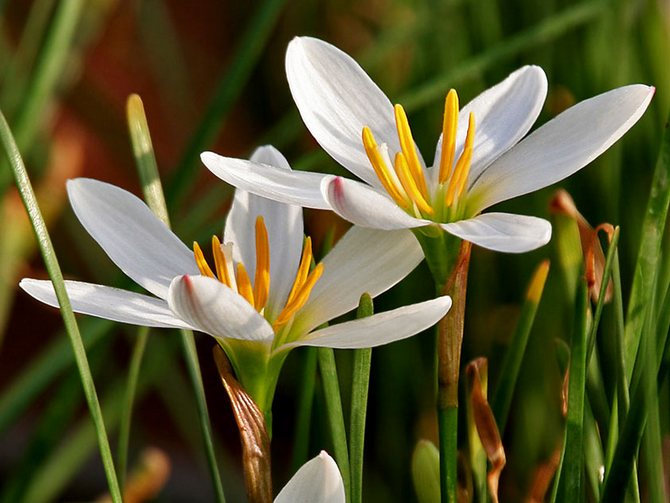
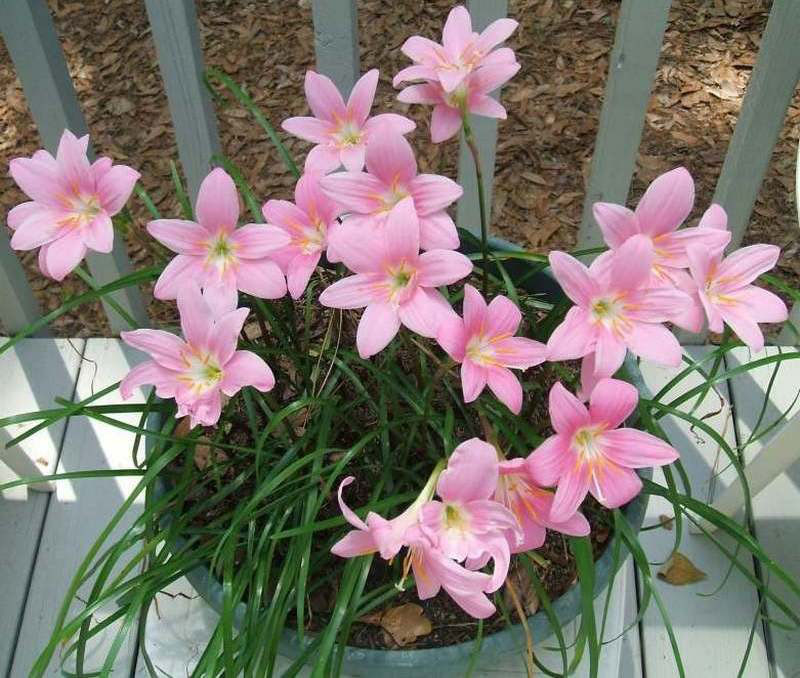



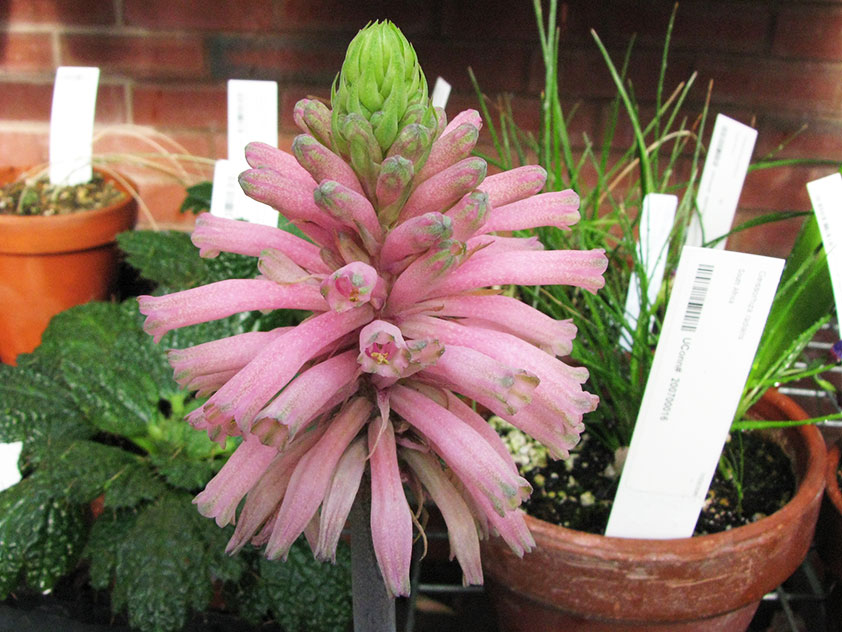
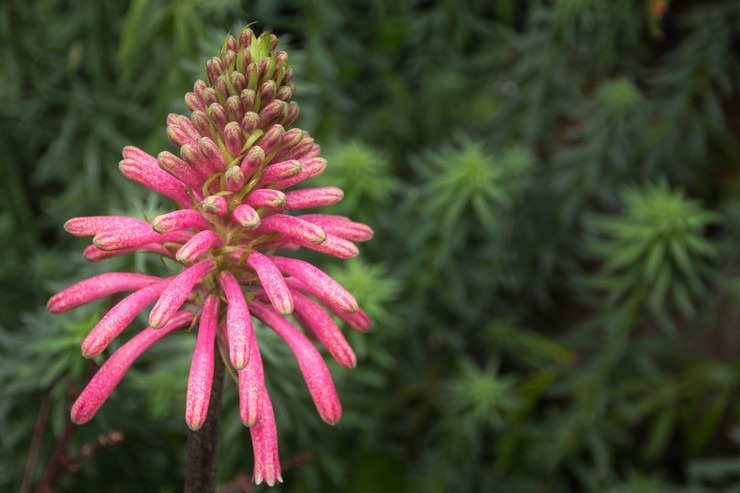
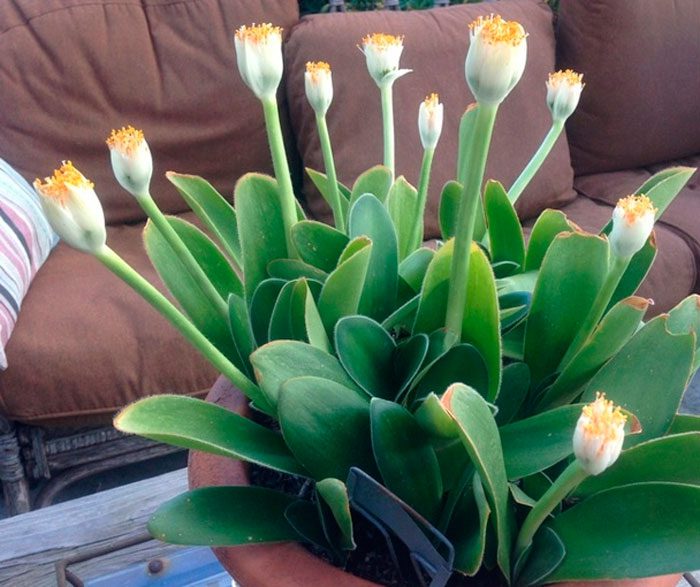

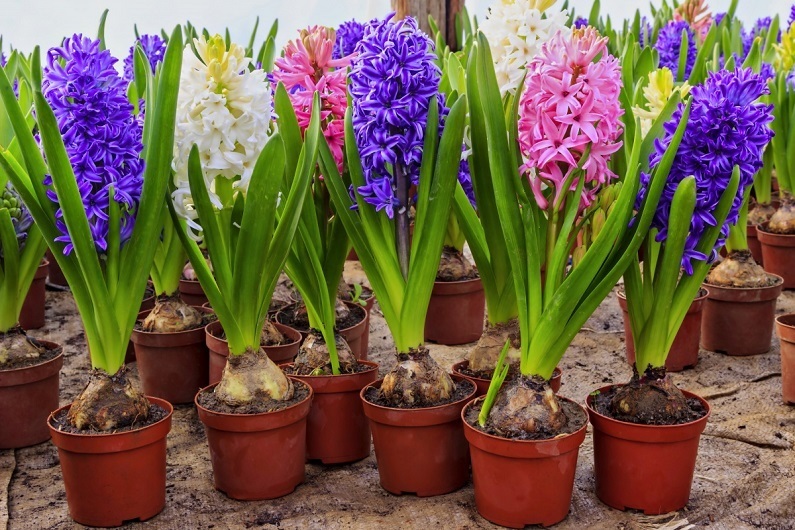
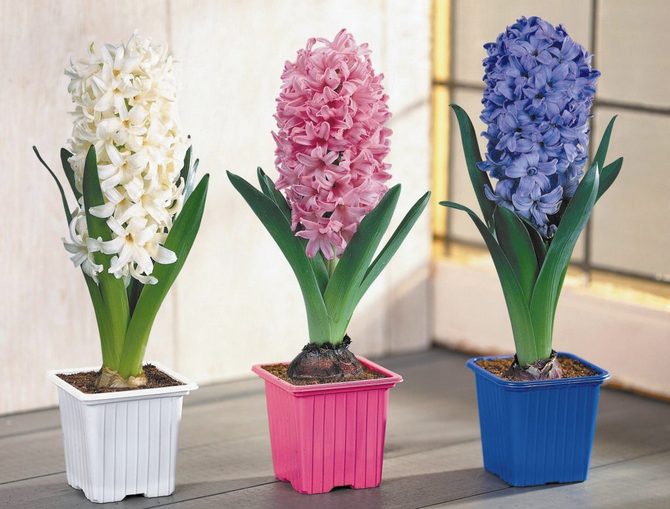
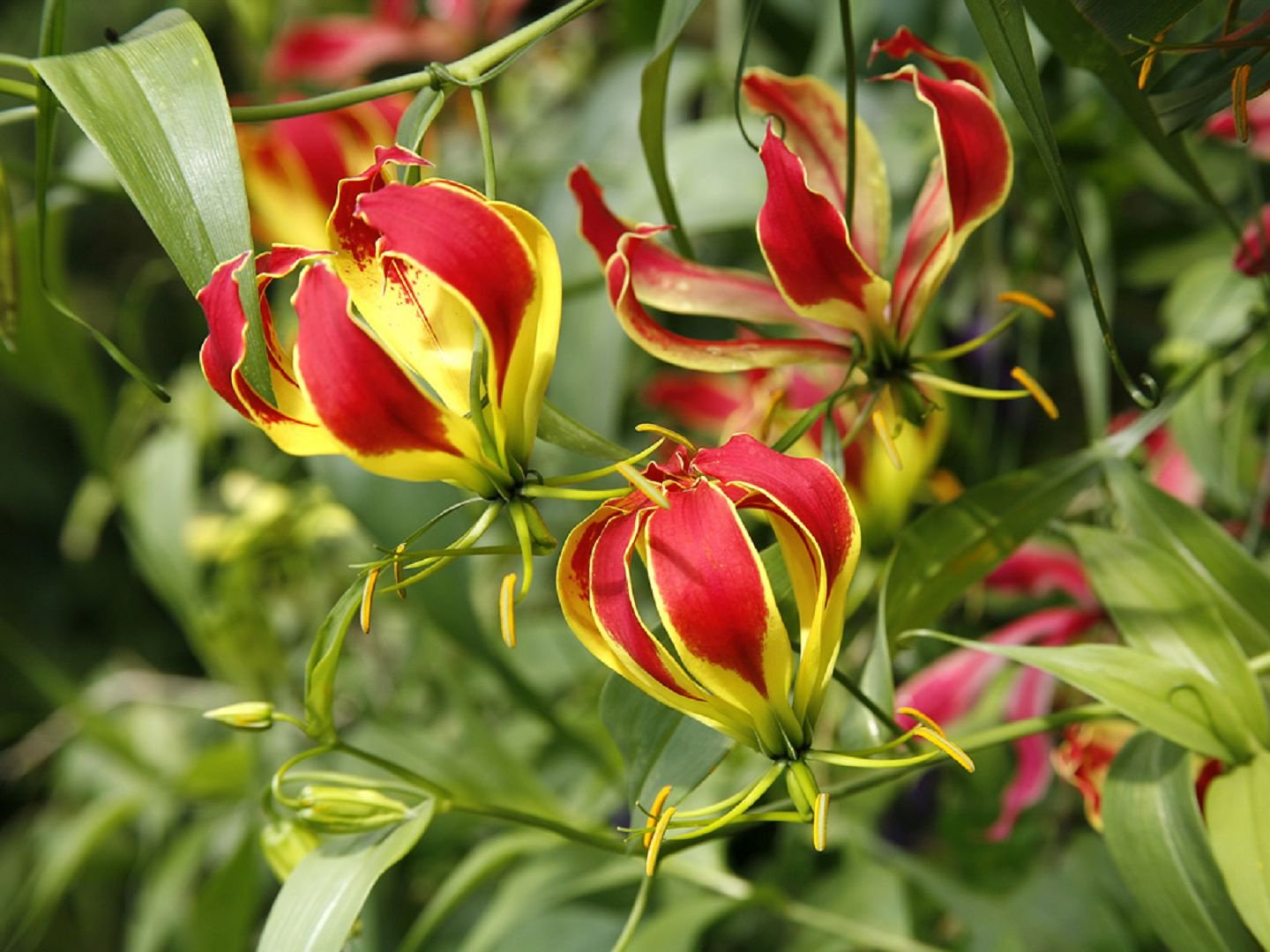
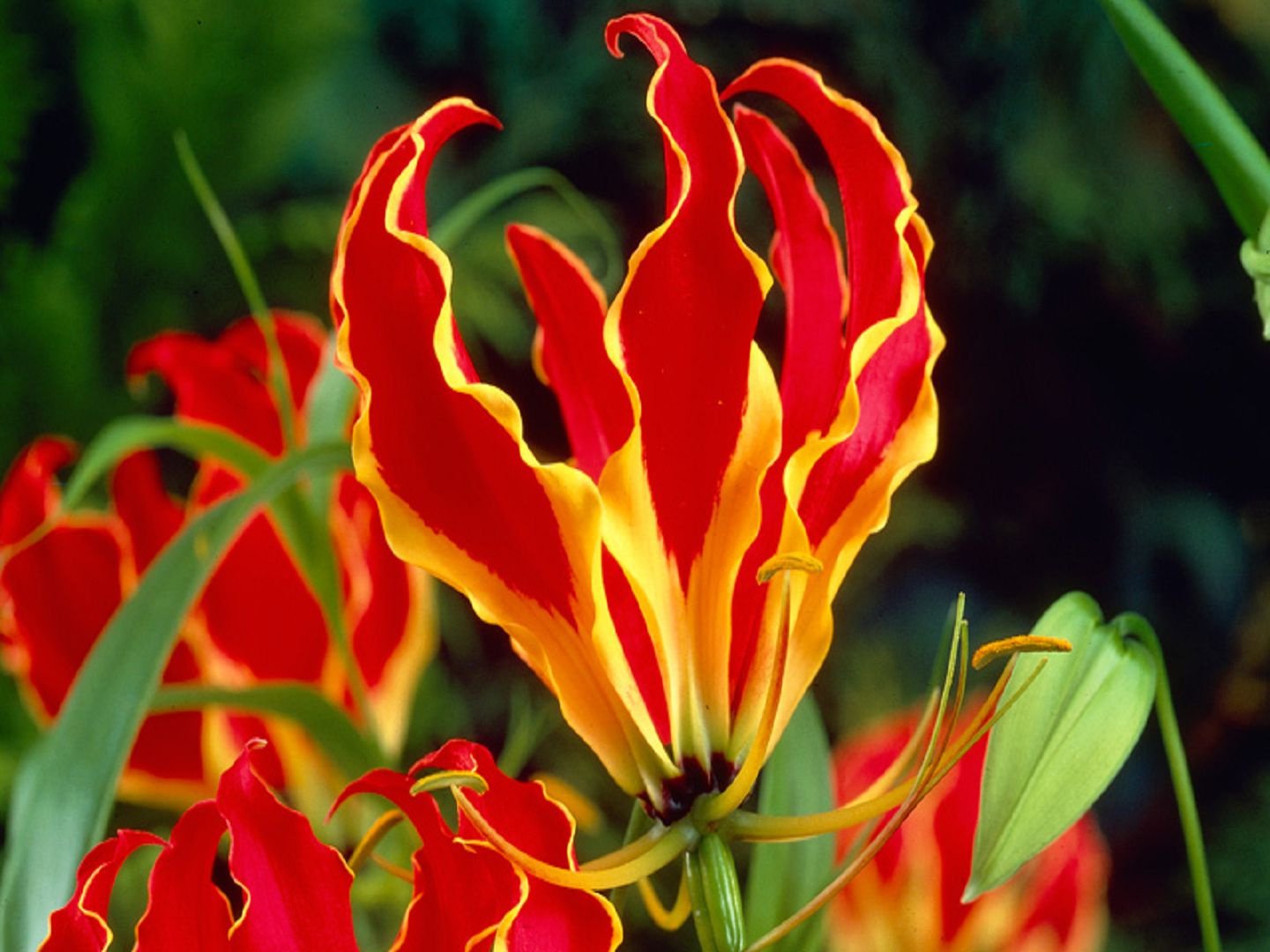
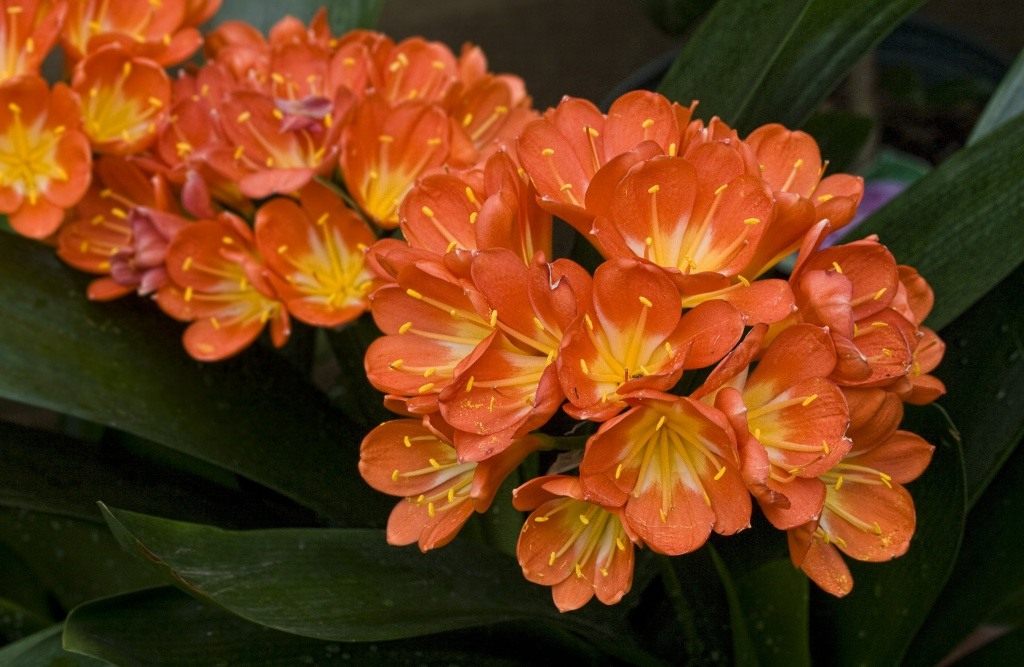
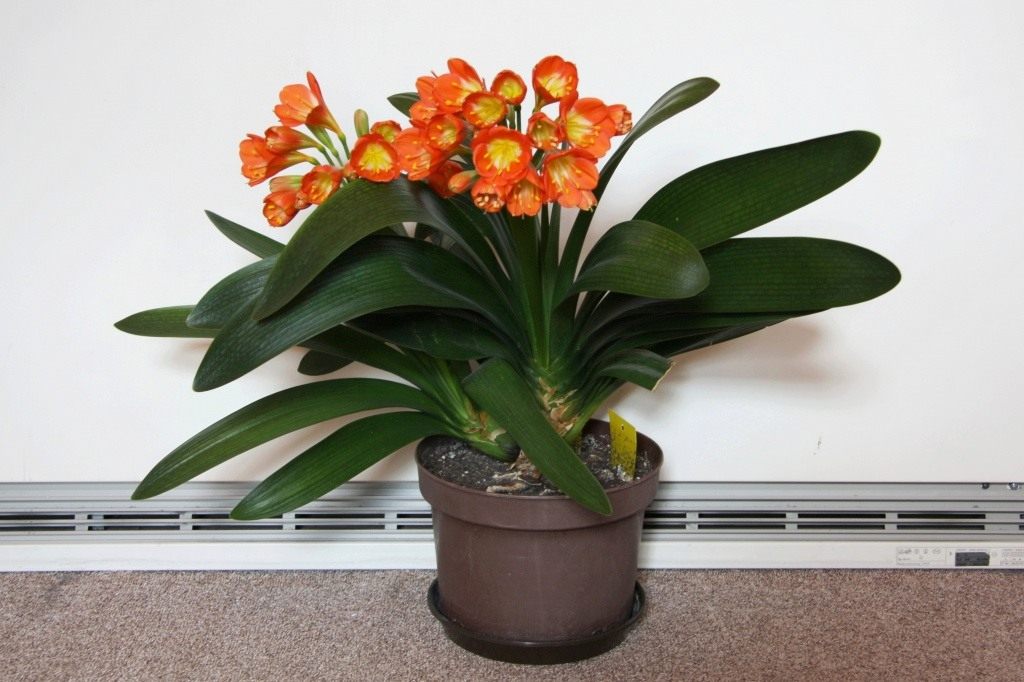
 10 beautiful annuals that bloom all summer
10 beautiful annuals that bloom all summer Sow in the ground, without seedlings: 10 beautiful and unpretentious flowers
Sow in the ground, without seedlings: 10 beautiful and unpretentious flowers Platicodon planting and outdoor care
Platicodon planting and outdoor care Hosta - planting and care in the open ground in the Urals
Hosta - planting and care in the open ground in the Urals